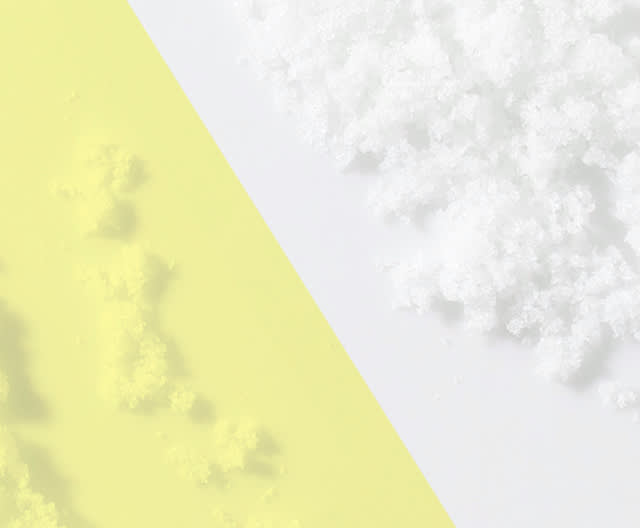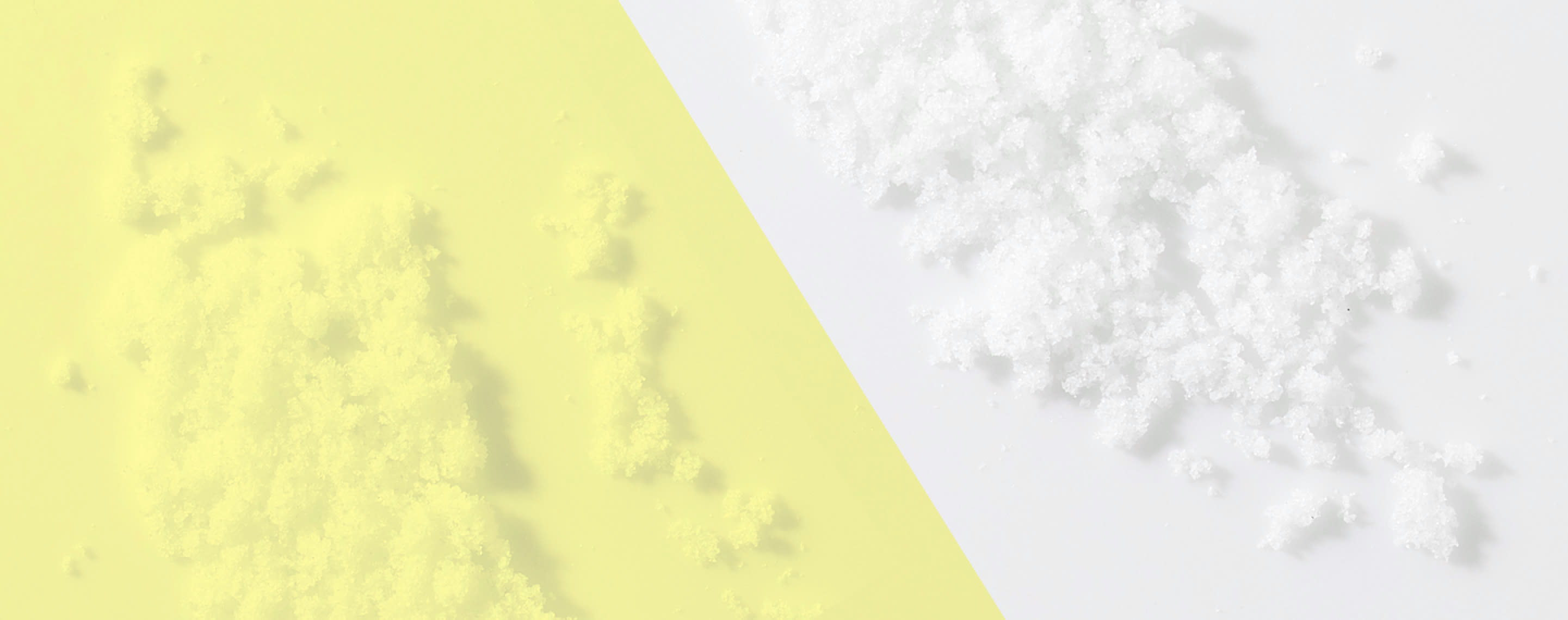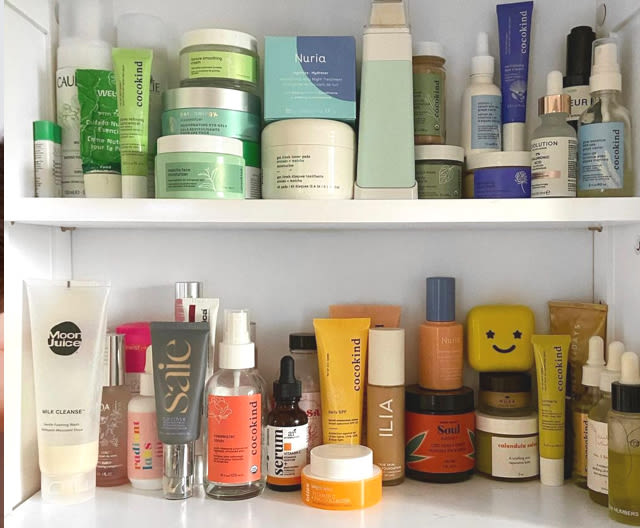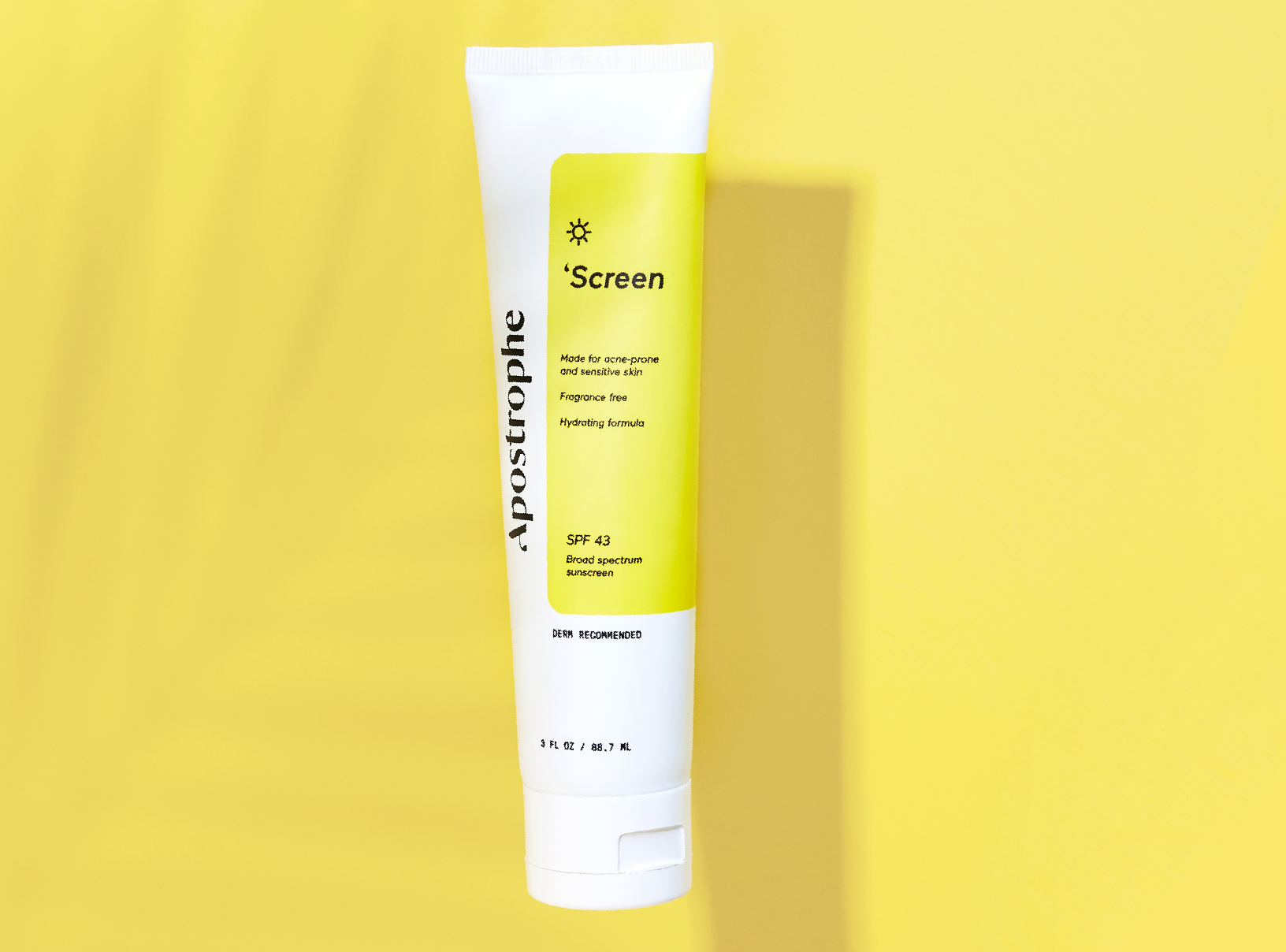Education
Benzoyl peroxide for acne: what you need to know


SHARE
Education
Benzoyl peroxide for acne: what you need to know
Medically reviewed by Kristin Hall, FNP
Written by Apostrophe Team
Last updated 4/1/2024
When you’re after something to annihilate zits, there’s no shortage of solutions. Online and at the drugstore, you’re met with what can seem like too many acne products. And if you’ve struggled with acne for any length of time, you know you can nearly go broke trying them all out.
Living with acne is hard. People who haven’t dealt with acne themselves don’t see the embarrassment and self-image issues that can come with it.
While the stocked store shelves can be overwhelming, the good news is that there is likely an acne treatment on the market that will work for you. Benzoyl peroxide is one available acne skin care treatment.
Let’s take a closer look at how it works.
Some Background on Acne in Women
Adult female acne is relatively common, but it doesn’t feel that way when you’re the one struggling with breakouts. Like the acne teenagers experience, adult acne is often influenced by hormones, and, in women, may fluctuate with your menstrual cycle.
On your skin, acne occurs when pores blocked with dead skin cells restrict the release of sebum, your skin’s natural moisturizer and defense shield. This oil builds up under the skin’s surface and can interact with bacteria to cause inflammation, pain, and a large blemish.
Repeat this several times over, and you have a breakout.
Certain things can increase your risk of suffering from adult acne. Hormonal imbalances, smoking, stress, endocrine diseases, and certain medications are just a few.
The best treatment course for your acne is dependent on the cause and severity of it. A certified healthcare professional can help you determine what’s most likely to treat your blemishes for good.
What is Benzoyl Peroxide and How Does It Work?
Benzoyl peroxide is a popular acne treatment method, largely because it can be found over the counter at your local drug stores and online. It can be found in cleansers, gels, lotions and creams, and has been in use for decades.
It is intended to work by reducing inflammation and dead skin cells, fighting the bacteria that inflame acne and preventing blocked pores. It is typically prescribed for mild to moderate acne, and is often used in conjunction with other medications.
A note on side effects: From a user standpoint, benzoyl peroxide works by simply drying out your skin. In fact, that’s the main side effect to be aware of when considering benzoyl peroxide as an acne treatment method. It can cause peeling, itching, redness and dryness.
Generally, these effects subside after your skin gets accustomed to the medication. Benzoyl peroxide can also bleach your clothing, pillowcase,s and washcloths — so don’t use your fanciest linens while using it.
And it can make your skin extra sensitive to sunlight, so always wear sunscreen with an SPF of 15 or higher.
The Science of Benzoyl Peroxide Effectiveness
There are numerous studies indicating benzoyl peroxide’s effectiveness and safety. A relatively recent analysis from Japan compared existing research around the world, and found overall, the medication could reduce inflammatory and non-inflammatory acne lesions by up to 41 percent after eight to 12 weeks of treatment.
Some research indicates benzoyl peroxide could be more effective in women than men. The medication was shown to reduce more acne lesions in women without any major differences in tolerance.
Final Thoughts on Benzoyl Peroxide
Benzoyl peroxide has a low barrier to entry — it’s easy to find and generally inexpensive. With the most common risks being dry skin and bleached clothing, you may find those risks worth the small price tag.
And considering the research demonstrating its effectiveness in the treatment of acne, that choice is a reasonable one.
However, because it’s largely used to treat mild to moderate acne, you may find the results less than spectacular if your acne is more on the severe side.
Also, you could find the side effects like skin irritation to be intolerable.
While benzoyl peroxide is a safe acne medication, it’s not for everyone. And when you’re ready to explore other solutions, a healthcare provider can help identify options that may be more suited to your acne struggles.
References:
Like what you just read? Sign up for our email list to get the scoop on skincare science delivered straight to your inbox.

Education
What is milia?
What is milia? Today, we’re jumping into one type of bump that you may have heard about most commonly in infants — milia.
Read More
Education
Best moisturizer for acne-prone skin
If you have combination acne-prone skin, figuring out which moisturizer is best for your skin might be tough. In this guide, we break down the best moisturizer for combination, acne-prone skin.
Read More
Education
How to build a face care routine
As you get into skincare, it might seem overwhelming, especially trying to figure out the order you're supposed to apply products in. Below, we detail how to build a face care routine for your skin!
Read More
